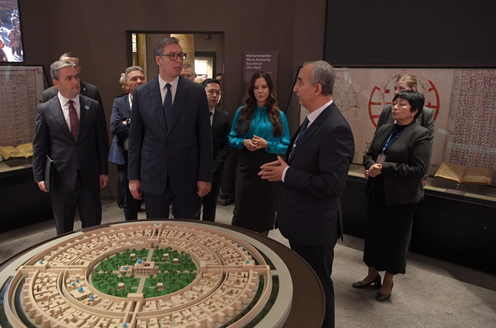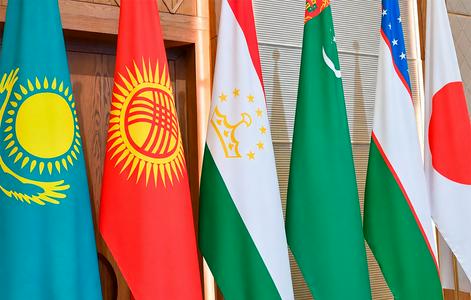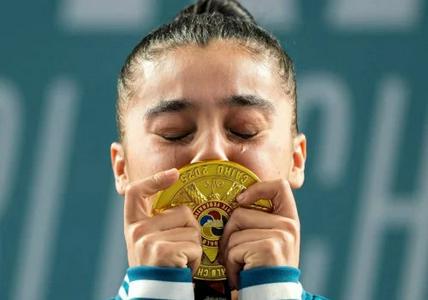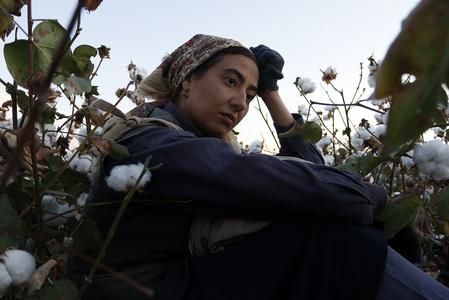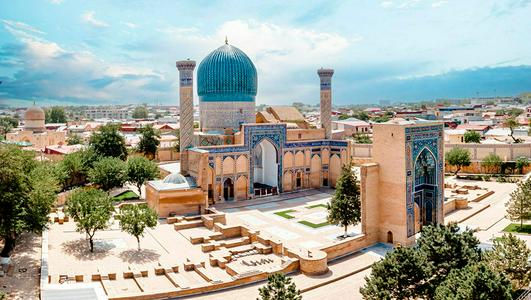Serbia’s President Aleksandar Vučić visited the Center for Islamic Civilization in Uzbekistan during his official trip to Tashkent, the Center’s press service reported.
Vučić arrived with his wife, Tamara, and a tour was organized for them. The guests were introduced to the Center’s unique architecture and the museum exhibition, which consists of five galleries, and were briefed on the goals and mission of the institution.
At the end of the visit, Vučić noted that the work to preserve and present historical and spiritual heritage would certainly yield worthy results.
“I would like to congratulate your president and your country on the launch of such a magnificent complex. Thank you for the opportunity to learn in detail about this beautiful center. This major academic and educational institution is of great importance not only for guests from abroad, but also for younger generations. Through this center, they will be able to discover the culture and history of the Uzbek people. I learned so much today, and of course, I will come back. And I would tell all my compatriots in Serbia: ‘My dear friends, I made a big mistake by never visiting Uzbekistan before. Please come as soon as possible to see this country,’” Vučić said.
The Serbian president’s visit to Uzbekistan took place at the invitation of Shavkat Mirziyoyev, the leader of the Central Asian republic. Following their meeting, the heads of state signed a Joint Declaration.
Visits to the Center for Islamic Civilization in Tashkent have increasingly become a tradition for high-ranking foreign officials. Previously, the Center welcomed Italy’s President Giorgia Meloni and Finland’s President Alexander Stubb.
The Center for Islamic Civilization is located in the capital of Uzbekistan next to the Hazrat Imam complex. The building draws inspiration from medieval architectural monuments, featuring four 34-meter-high portals and a central dome rising 65 meters. It includes a Quran Hall, a 460-seat conference hall, and a museum with exhibitions covering the entire history of Uzbekistan — from pre-Islamic periods to the present day. The Center aims to provide a platform for studying the heritage of ancestors and rethinking it in collaboration with the International Islamic Academy of Uzbekistan, as well as academic and educational institutions around the world.
